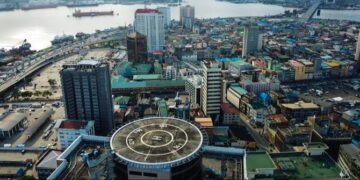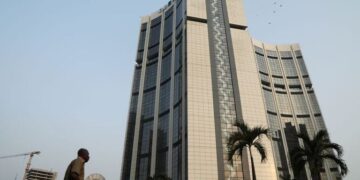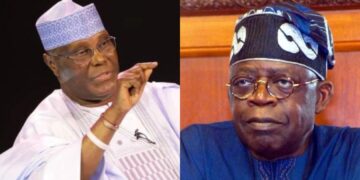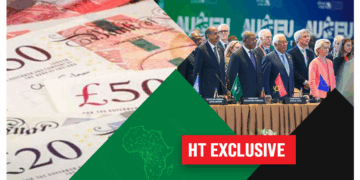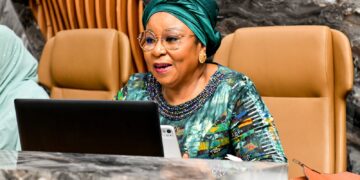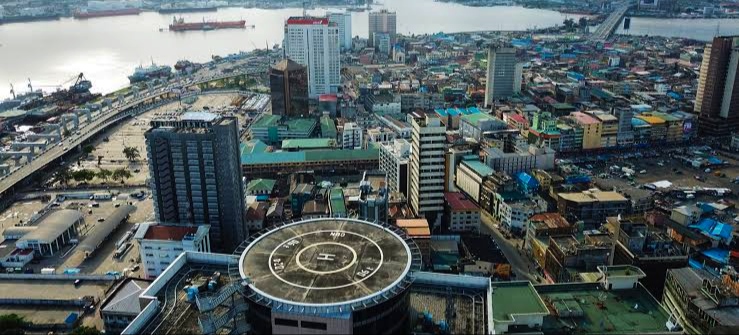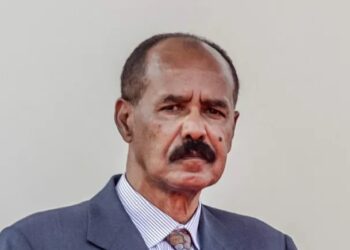By Obinna Obiano
The commercial hub of Nigeria, Lagos, has emerged top among other African cities with the highest volume of electronic commerce (eCommerce) orders in Africa.
Lagos was ranked first, with Cairo (Egypt) in second position, followed by Nairobi (Kenya) in third position.
Morocco’s Casablanca came fourth; Abidjan (Cote d’ Ivoire) took fifth position and Giza (Egypt) settled at sixth place .
Abuja (Nigeria) emerged seventh; Accra (Ghana) came eight; Kampala (Uganda) took ninth place and Rabat (Morocco) is 10th.
A whitepaper, – Spotlight on Africa, themed: “Towards a flourishing digital economy for all,” published by Mobile World Live in partnership with the Department for International Trade and collaboration with the Global System for Mobile telecommunications Association (GSMA), disclosed the trends of eCommerce in Africa, noting that across the continent, a cohort of pioneering businesses are already creating a vibrant market for e-commerce.
According to the whitepaper, the pioneering businesses have developed innovative solutions to Africa’s challenges around payment, identity and delivery addresses.
It revealed that fashion, with 21 per cent order volume, has the highest purchase on the Continent.
Beauty products at 15 per cent is second; home and leaving 12 per cent; food delivery 12 per cent; digital services 12 per cent; Fast Moving Consumer Goods (FMCG) 10 per cent; phones eight per cent; Electronics seven per cent and others three per cent.
Best selling products include power-bank; body wash; sugar; peas; facemask and rice, the report revealed.
In terms of order by destination, it revealed that 51 per cent orders came from primary cities; 27 per cent orders from secondary cities and 22 per cent orders from rural areas. The average order was €30. The report claimed the data were received from Jumia.
The whitepaper maintained that eCommerce is booming across Africa, but four nations, Nigeria, Egypt, Kenya and South Africa have made the most progress.
Nigeria for instance, is noted to be home to a thriving content production sector (Nollywood, among others), which is driving a strong market for digital products.
Kenya’s market has been shaped by the success of its mobile money platforms. Kenyans presently use M-PESA and others to make cashless payments at retail, pay utility bills and buy insurance and savings products.
South Africa is different again. It has a much higher percentage of banked consumers, which has reduced the need for mobile money platforms. Its MNOs are also playing a key role in the evolution of its digital economy.
In terms of mobile connectivity, the whitepaper noted that Africa’s digital future and Internet access depends on the speed, reach and affordability of its cellular networks.
It further revealed that by the end of 2020, 495 million people in Sub-Saharan Africa had a mobile subscription, which is 46 per cent of the population. It also submitted that, there will be around 120 million new subscribers by 2025, taking the total number to 615 million.
